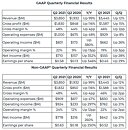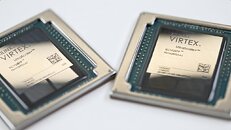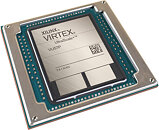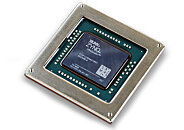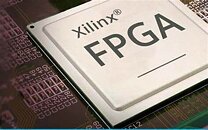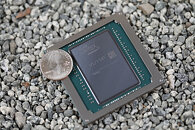
AMD Market Cap Now Higher Than Intel's After Xilinx Acquisition
Following its acquisition of FPGA and network hardware giant Xilinx, AMD is a larger company in terms of market capitalization. At closing bell on Tuesday (15/02), this figure stands at $199.58 billion, which for the very first time in AMD's history, beats rival Intel, which closed at $197.20 billion. Chiakokhua, aka Retired Engineer, provided the calculation that arrives at the $199.58 billion market cap. Before close, AMD had a share-count of 1.216 billion. 427 million shares were issued to Xilinx shareholders, resulting in a share-count (after close) of 1.643 billion, which at a share price of $121.47 works out to $199.58 billion. At $121.47, AMD is still trading around 26% lower than its all-time high price of $165.46.

















